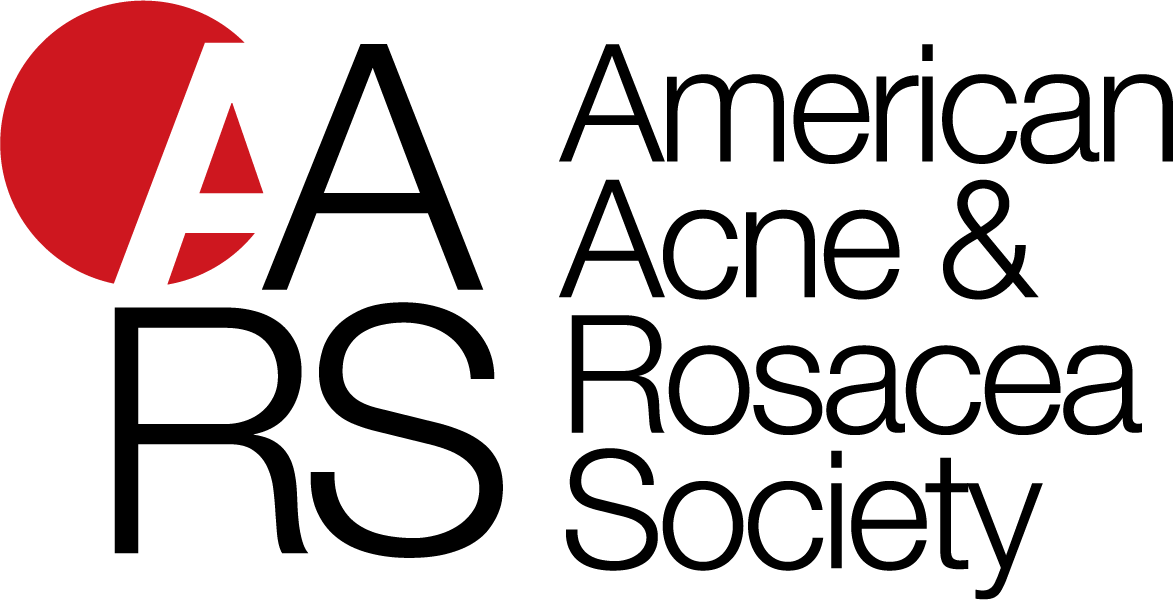April is Rosacea Awareness Month, and the American Acne and Rosacea Society (AARS) continues to educate its members and their patients about the signs and symptoms of this common inflammatory skin disease that most often affects the face. AARS members are sharing #RosaceaFacts and highlighting the availability of effective treatments for the condition.
As part of its efforts, AARS has published a social media toolkit for use by its professional members. The kit includes social posts, cards and banners for use on various social media platforms, and inspiration for informative social posts.
“It’s very important that patients who have rosacea or think they have rosacea go to board certified dermatologists or licensed healthcare professionals within a dermatology practice, such as physician assistants and nurse practitioners who are educated in dermatology,” says AARS President James Q. Del Rosso, DO. “There is no reason patients should not receive treatment, especially as we continue to see effective, tolerable new therapies come to market.”
Symptoms of rosacea include a generalized red face (called erythema) and flushing (which can occur at any time; often unpredictably), papules and pustules on the face, and thickening of the skin, especially on the nose (called rhinophyma). Some patients have visible blood vessels on the face (telangiectases) and can have eye involvement (ocular rosacea).
Although more than 16 million Americans have rosacea,1 the condition may be misunderstood and undertreated. In addition to the visible changes and uncomfortable symptoms produced by rosacea, unmanaged rosacea is commonly associated with several untoward effects that impact negatively upon the quality of life of affected individuals.2
The AARS Rosacea Awareness Month toolkit, along with links to all the AARS social platforms, is available to members at acneandrosacea.org.
- 2. Yang F, et al. Clin Cosmet Investig Dermatol. 2022;15:2807-2816.




